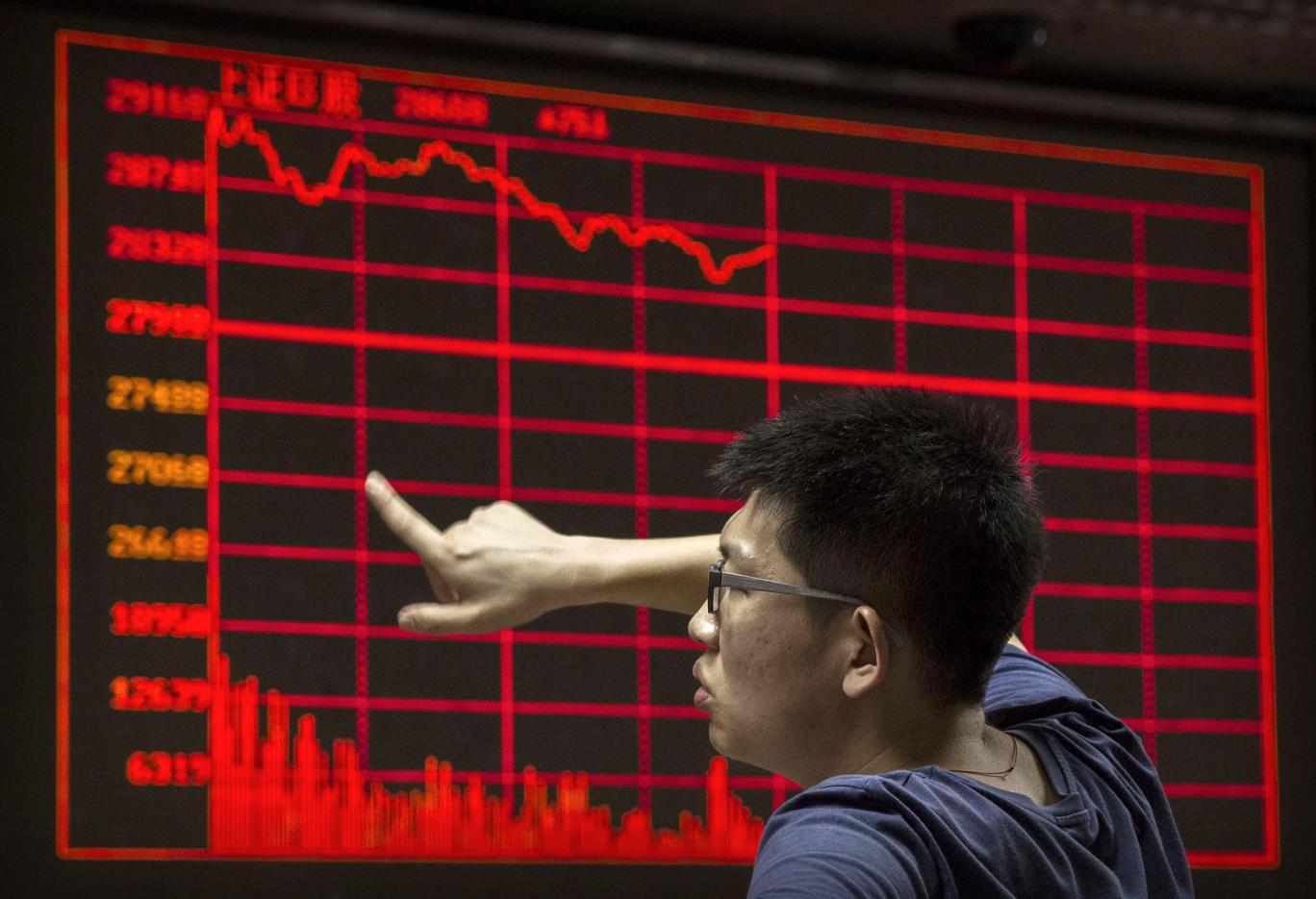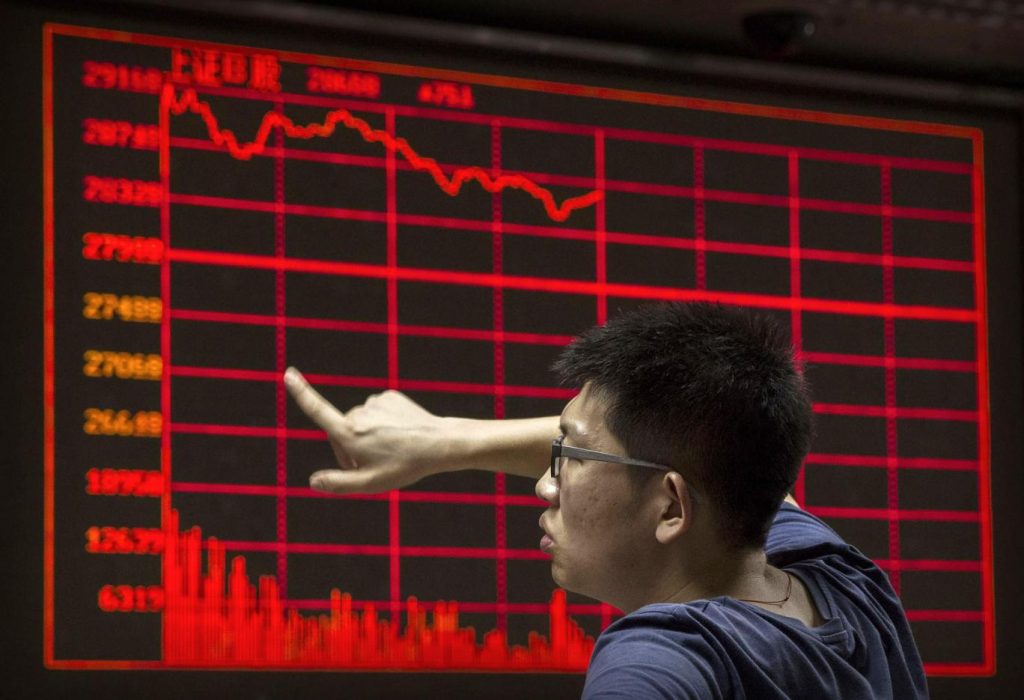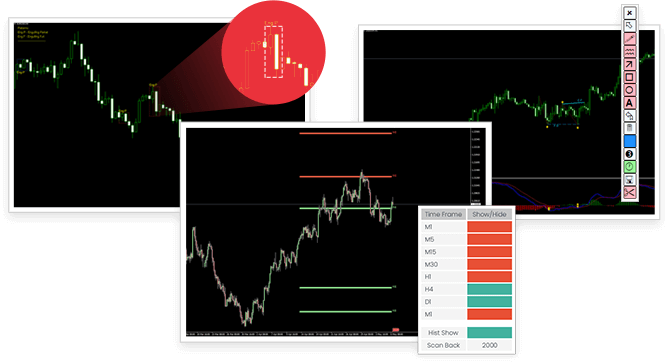
Many are predicting the new world financial crisis to start from China. Experts say that when the “bubble bursts” it will have the same avalanche effect to the rest of the world, similar to what we have seen in the U.S. few years back. The real question is who is doing what to prevent it and whether someone is doing anything at all?
China could be heading for a financial crisis due to the level of financial and corporate debt, the International Monetary Fund (IMF) has warned.
Markus Rodlauer, deputy director of the IMF’s Asia-Pacific department, said the level of debt in the Chinese economy was on an “unsustainable path”, adding that a financial problem in China would have “very serious repercussions” for the global economy.
Mr Rodlauer told The Telegraph: “The level of financial and corporate debt and the complexity of the financial system and rapid growth in shadow banking is on an unsustainable path.
“While still manageable in its size given the size of the public assets under public control, the trend is dangerous.
“The longer it lasts … the more serious the disturbance and the disruption might be. [The reaction could range] from a mild growth slowdown, to a sharp slowdown in growth to potentially a financial crisis.”
Mr Rodlauer, who has served as the IMF’s China’s mission chief for five years, added that an economic crisis in China would have serious implications for the rest of the world.
He said: “There is no doubt that a calamity or a problem in China would have very serious repercussions for the global economy, both real and financial.”
The IMF’s latest World Economic Outlook revealed debt in China was rising at a “dangerous pace”, while its Financial Stability Report showed small Chinese banks were heavily exposed to shadow credit as a share of capital buffers, with exposure reaching nearly 600pc at some banks.
Growth investment by private firms in China fell to a new record low in the first half of this year and fixed asset investment growth in the first half slowed to 9 per cent, the weakest since March 2000.
Last month a Harvard professor said China was the biggest threat to the global economy, and several international bodies have expressed concern about the slowdown in the Chinese economy in recent months.
China was right to turn on the credit taps to prop up growth after the global financial crisis. It was wrong not to turn them off again. The country’s debt has increased just as quickly over the past two years as in the two years after the 2008 crunch.
Its debt-to-GDP ratio has soared from 150% to nearly 260% over a decade, the kind of surge that is usually followed by a financial bust or an abrupt slowdown.
China will not be an exception to that rule. Problem loans have doubled in two years and, officially, are already 5.5% of banks’ total lending. The reality is grimmer. Roughly two-fifths of new debt is swallowed by interest on existing loans; in 2014, 16% of the 1,000 biggest Chinese firms owed more in interest than they earned before tax.
China requires more and more credit to generate less and less growth: it now takes nearly four yuan of new borrowing to generate one yuan of additional GDP, up from just over one yuan of credit before the financial crisis.
With the government’s connivance, debt levels can probably keep climbing for a while, perhaps even for a few more years. But not for ever.
When the debt cycle turns, both asset prices and the real economy will be in for a shock. That won’t be fun for anyone. It is true that China has been fastidious in capping its external liabilities (it is a net creditor). Its dangers are home-made.
But the damage from a big Chinese credit blow-up would still be immense. China is the world’s second-biggest economy; its banking sector is the biggest, with assets equivalent to 40% of global GDP. Its stockmarkets, even after last year’s crash, are together worth $6 trillion, second only to America’s. And its bond market, at $7.5 trillion, is the world’s third-biggest and growing fast.
A mere 2% devaluation of the yuan last summer sent global stockmarkets crashing; a bigger bust would do far worse. A mild economic slowdown caused trouble for commodity exporters around the world; a hard landing would be painful for all those who benefit from Chinese demand.
Brace, brace
Optimists have drawn comfort from two ideas. First, over three-plus decades of reform, China’s officials have consistently shown that once they identified problems, they had the will and skill to fix them. Second, control of the financial system—the state owns the major banks and most of their biggest debtors—gave them time to clean things up.
Both these sources of comfort are fading away. This is a government not so much guiding events as struggling to keep up with them. In the past year alone, China has spent nearly $200 billion to prop up the stock market; $65 billion of bank loans have gone bad; financial frauds have cost investors at least $20 billion; and $600 billion of capital has left the country.
To help pump up growth, officials have inflated a property bubble. Debt is still expanding twice as fast as the economy.
At the same time, as our special report this week shows, the government’s grip on finance is slipping. Despite repeated efforts to restrain them, loosely regulated forms of lending are growing quickly: such “shadow assets” have increased by more than 30% annually over the past three years.
In theory, shadow banks diversify sources of credit and spread risk away from the regular banks. In practice, the lines between the shadow and formal banking systems are badly blurred.
That creates two risks. The first is higher-than-expected losses for the banks. Hungry for profits in a slowing economy, plenty of Chinese banks have miscategorised risky loans as investments to dodge scrutiny and lessen capital requirements. These shadow loans were worth roughly 16% of standard loans in mid-2015, up from just 4% in 2012. The second risk is liquidity.
The banks have become ever more reliant on “wealth management products”, whereby they pay higher rates for what are, in effect, short-term deposits and put them into longer-term assets. For years China restricted bank loans to less than 75% of their deposit base, ensuring that they had plenty of cash in reserve.
Now the real level is nearing 100%, a threshold where a sudden shortage in funding—the classic precursor to banking crises—is well within the realm of possibility. Midsized banks have been the most active in expanding; they are the place to look for sudden trouble.
Pandemonium
The end to China’s debt build-up would not look exactly like past financial blow-ups. China’s shadow-banking system is big, but it has not spawned any products nearly as complex or international in reach as America’s bundles of subprime mortgages in 2008. Its relatively insulated financial system means that parallels with the 1997-98 Asian crisis, in which countries from Thailand to South Korea borrowed too much from abroad, are thin.
Some worry that China will look like Japan in the 1990s, slowly grinding towards stagnation. But its financial system is more chaotic, with more pressure for capital outflows, than was Japan’s; a Chinese crisis is likely to be sharper and more sudden than Japan’s chronic malaise.
One thing is certain. The longer China delays a reckoning with its problems, the more severe the eventual consequences will be. For a start, it should plan for turmoil. Policy co-ordination was appalling during last year’s stock market crash; regulators must work out in advance who monitors what and prepare emergency responses.
Rather than deploying both fiscal and monetary stimulus to keep growth above the official target of at least 6.5% this year (which is, in any event, unnecessarily fast), the government should save its firepower for a real calamity. The central bank should also put on ice its plans to internationalist the yuan; a premature opening of the capital account would lead only to big outflows and bigger trouble, when the financial system is already on shaky ground.
Most important, China must start to curb the relentless rise of debt. The assumption that the government of Xi Jinping will keep bailing out its banks, borrowers and depositors is pervasive—and not just in China itself. It must tolerate more defaults, close failed companies and let growth sag. This will be tough, but it is too late for China to avoid pain. The task now is to avert something far worse.
Sources: Independent.co.uk | Economist.com























As usual, worth sharing it here.
Loving your blog, it has become more and more interesting, thanks for all the hardwork and time
Very informative article on CHINA TO START A NEW WORLD FINANCIAL CRISIS. Thanks Vlad for sharing